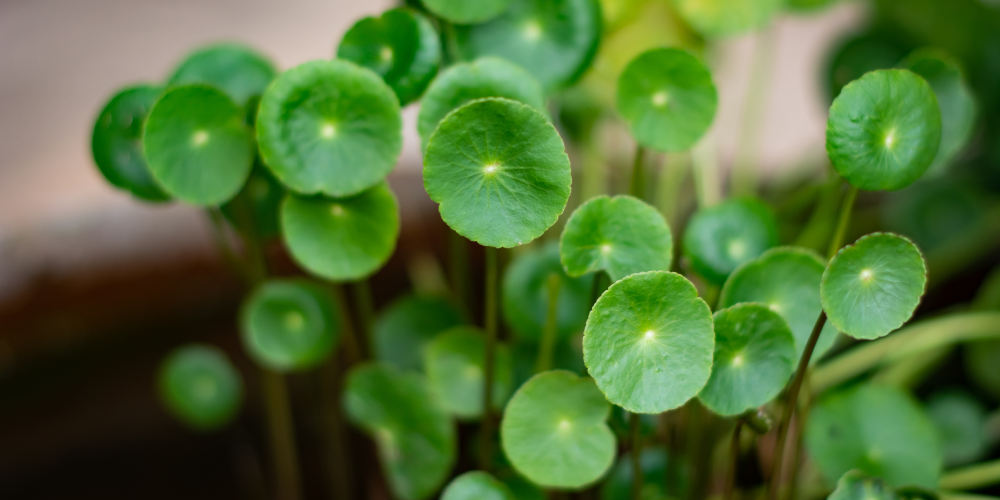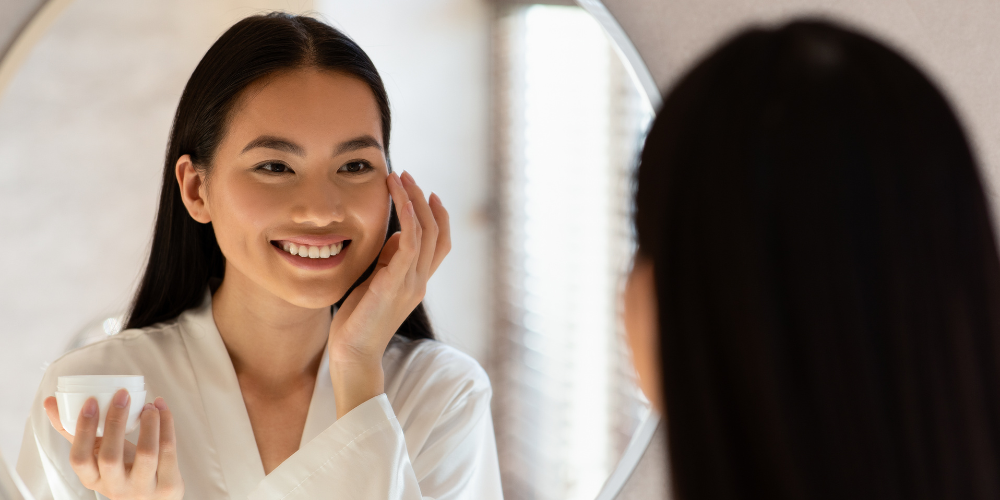
Have you ever wondered what madecassoside is? You’ve probably seen it listed on the ingredients label of your favourite beauty products, but what is it and what does it do? In this blog post, we’ll take a closer look at madecassoside and its role in beauty products.
What is Madecassoside?
Madecassoside is a compound that can be derived from the leaves of the Centella Asiatica plant. This plant is also known as Gotu kola or Brahmi and is native to tropical regions of Asia, Africa, and Australia. Madecassoside has been used in traditional medicine for centuries to treat a variety of conditions, ranging from wound healing to skin inflammation.
Madecassoside is part of a class of antioxidants called asiaticosides. Asiaticosides are chemically similar to another natural antioxidant, Asiatic acid. Both madecassoside and Asiatic acid are produced when the leaves of the Centella plant are crushed. The extract is then added to beauty products.
In recent years, madecassoside has been gaining popularity as an ingredient in beauty products, particularly those marketed for anti-aging and skin-care purposes.
Madecassoside is often touted for its anti-inflammatory and antioxidant properties, which are believed to help protect the skin from damage caused by environmental stressors like pollution and UV radiation.
Additionally, madecassoside is thought to promote collagen production and wound healing, making it a popular choice for products intended to reduce the appearance of fine lines, wrinkles, and scars. It is derived from Centella Asiatica extract which has been used for centuries to slow the aging process and help skin maintain its youthful appearance.
Is Madecassoside the same as Centella?
Madecassoside is not the same as Centella Asiatica, though both are derived from the same plant. Centella is sometimes referred to as “tiger grass” due to its traditional use in Asian countries for treating tiger bites.
While both madecassoside and Centella Asiatica extract offer skin-care benefits, they are not identical. Madecassoside is a single compound, while Centella Asiatica extract is a mixture of several compounds, including madecassoside, asiaticoside, and Asiatic acid.
While the potential benefits of madecassoside are promising, it’s important to note that the existing research is still relatively limited. More studies are needed to confirm the efficacy of madecassoside for these purposes.
Is Madecassoside natural?
Yes, madecassoside is a natural compound that can be found in the leaves of the Centella Asiatica plant. Madecassoside has been used for many years in Chinese medicine to treat various conditions, including warts and skin burns.

What is the purpose of Madecassoside?
The purpose of Madecassoside is to provide beauty products with an anti-inflammatory and antioxidant agent that is believed to help with collagen production, wound healing, and reducing the appearance of fine lines, wrinkles, and scars.
What Types of Products Contain Madecassoside?
Many different types of products contain madecassoside including serums, creams, lotions, and gels. Madecassoside is most commonly used in products that are marketed for anti-aging and skin care purposes.
Is Madecassoside Effective?
The jury is still out on whether or not Madecassoside is actually effective. The existing research is still relatively limited. More studies are needed to confirm the efficacy of madecassoside for these purposes.
Is Madecassoside safe?
Yes, madecassoside is considered safe for topical use. In fact, it has been used safely in traditional medicine for centuries. However, Madecassoside is a relatively new ingredient in the beauty industry, and as such, not much is known about its long-term effects.
At this time, there are no reported side effects in recommended doses of products containing Madecassoside, but as with any new product or ingredient, it’s always a good idea to do a patch test on a small area of skin before using it on your face or body.
How to Use Madecassoside
If you’re interested in trying a product that contains madecassoside, it’s important to follow the directions on the package. Apply the product to clean, dry skin, and follow up with a moisturizer if desired.
While Madecassoside is gaining popularity as an ingredient in beauty products, little testing has been done to determine if there are any long-term effects. However, given its roots in ancient healing medicine, and its demonstrated benefit in anti-aging products, it continues to be a safe ingredient for topical use.
Disclosure: We are a professional review and product rating website and mobile app that receives compensation from the companies whose products we review and rate. We are independently owned and the opinions expressed here are our own interpretations of a trusted source.
Ingredient Breakdown: Madecassoside was originally published in Think Dirty on Medium, where people are continuing the conversation by highlighting and responding to this story.